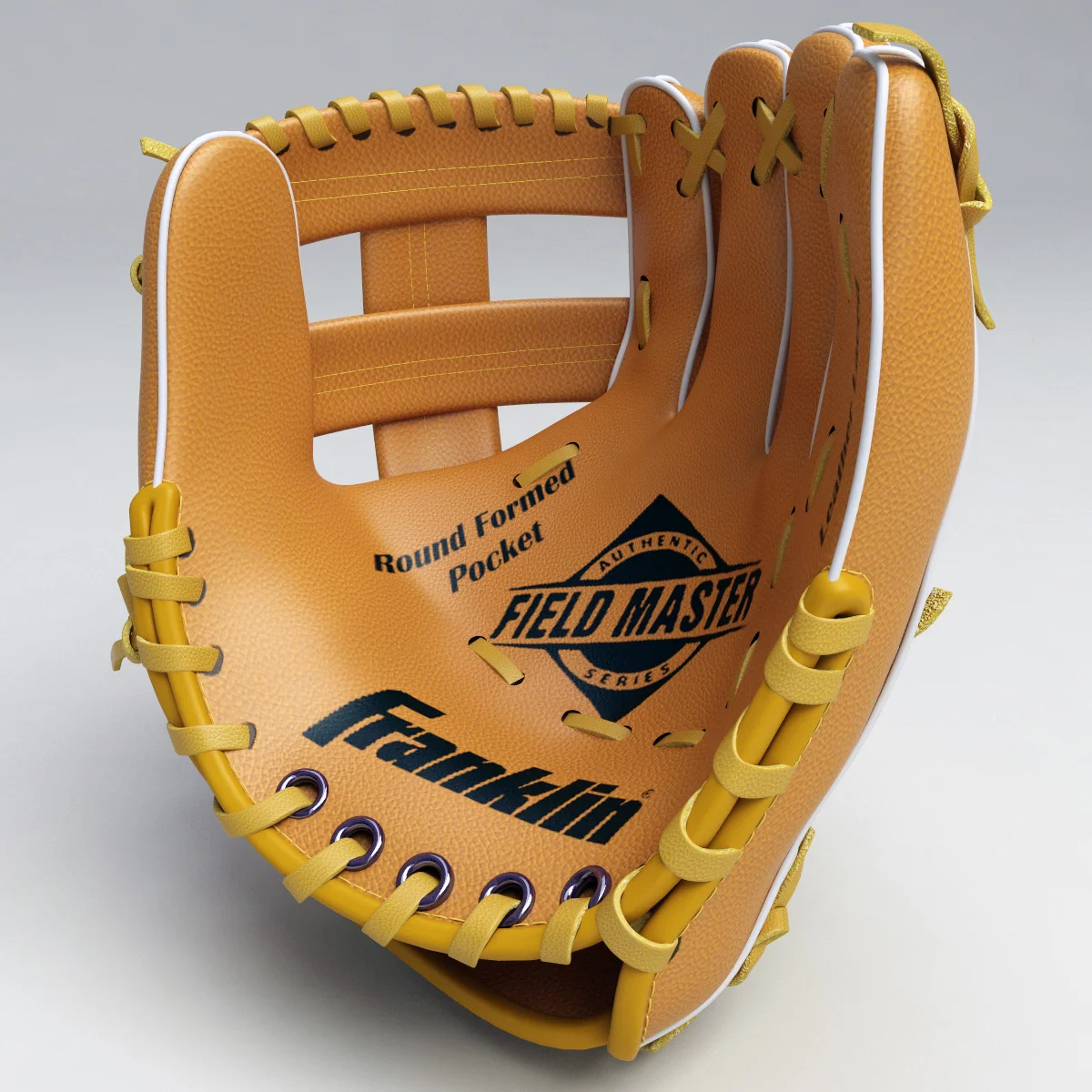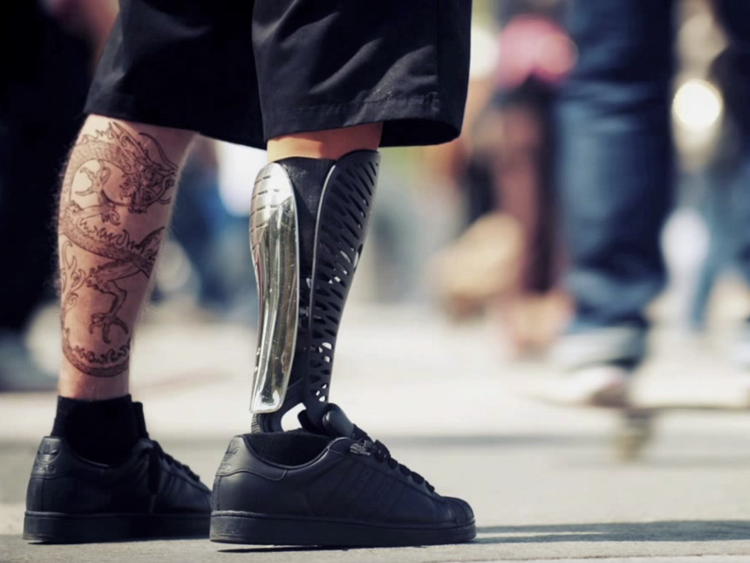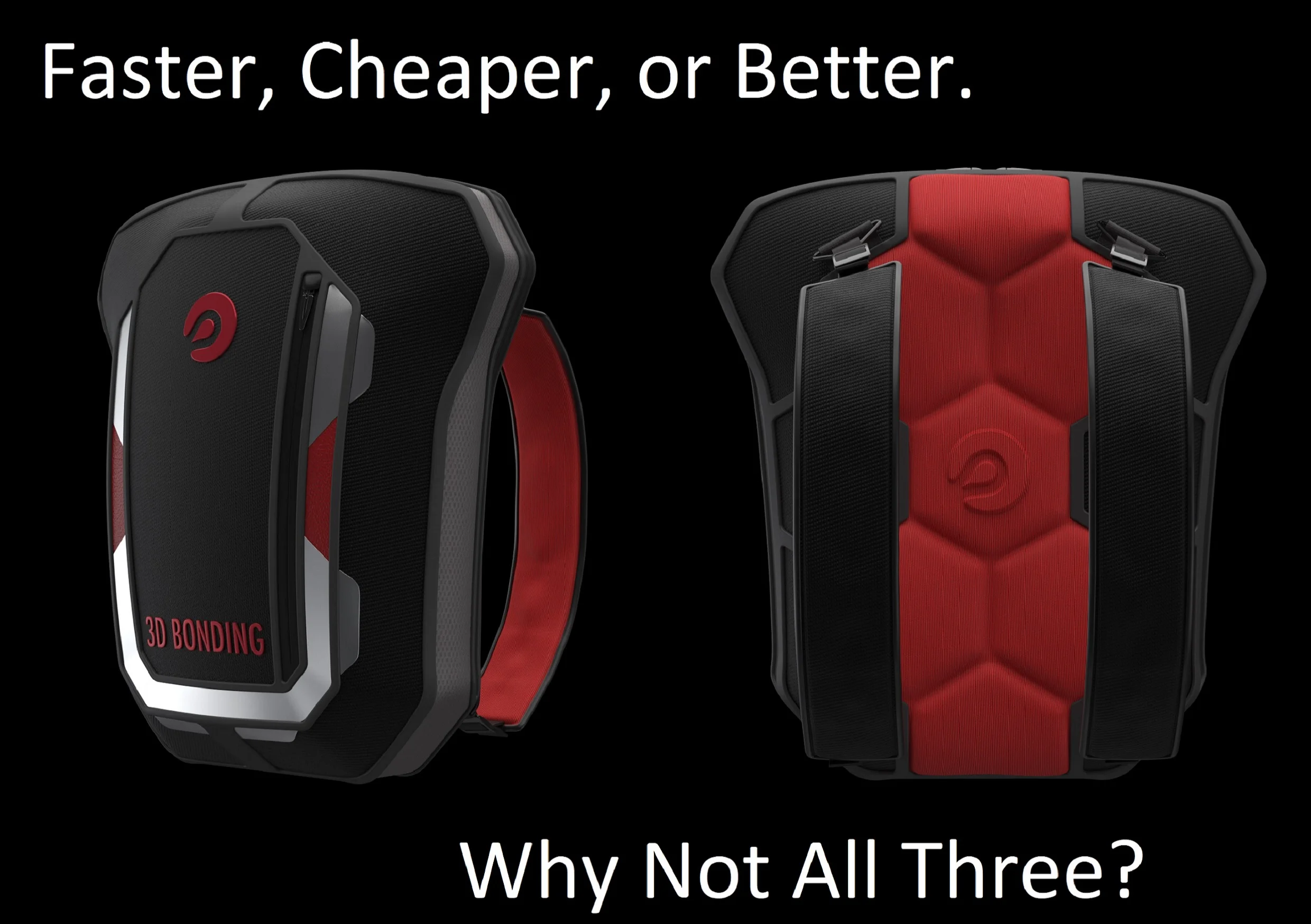Increase Flexibility and Shortening the time-to-personalized
Personalization has its Advantages
“Baseball is a game of inches” is a quote from the great team owner and baseball innovator, Branch Rickey. This statement was intended to help summarize the thinking that incremental advantage is all it takes to be successful. That’s why cyclists spend thousands to shave a few grams off their equipment. Or why football players will travel with multiple types of cleated shoes. Or, why baseball professional players work with expert craftsmen to design and personalize their gear.
Personalization also has its Limitations
Personalization using manual techniques can result in a superior product. But it can also be an expensive and/or slow process. For example, production and delivery for a consumer-market version of a customized baseball glove can take four to six weeks. And even these solutions, which rely on traditional mass customization processes, still limit selection to easily configurable features such as fixed sizes, color options, material accents, etc…
Customizing things like color and logos is fine. But what if the goals are not simply different aesthetics but improved performance. What if every athlete actually wanted the product to fit them like, well like a glove?
The transition to digital eliminates the challenges of Personalization
The process used to design, and manufacturer baseball gloves hasn’t changed much since the 1950s. Gloves created to fit a specific player are a rarity. Yet, customized weight, fit and size results in better performance on the field. These features allow the glove to offer the protection needed while functioning as a second skin for the player.
The automated customization process typically starts with a 3D Scan or measurements from the client. These are applied to a 3D CAD template model which is edited to address fit and function requirements.
A transition to digital best practices makes customization for performance a cost-effective reality. Utilizing the latest technologies such as 3D scanning, computer aided design (CAD), digital patterning and automated cutting, athletes can define and then receive the exact equipment they require.
The process for true, cost-effective product personalization is straight forward and can be simple to implement.
Design Specification: Designers begin with the scans of the client which are then used to modify existing 3D template models. 3D Scanners and CAD tools are widely used in many industries. This ensures ready access to skilled users.
Client approvals and Production Prep: Once the right combination of features and fit are defined, the 3D model is converted into the 2D patterns which will be used for manufacturing. The digital approach offers several key advantages in this process stage
- Digital models are easier and faster to modify than physical prototypes
- CAD renderings can be used to help clients visualize and sign off on the final product
- 3D to 2D flattening software leverages the actual material information and converts the design into accurate, production-ready patterns in minutes
One of the key advantages of the digital process is that the 3D design model is used directly in all of the pre-production and manufacturing. In this example, the 3D model was flattened into 2D pattern pieces which are checked for fit and material usage. All of this is done without the use prototypes of material samples.
Production: Patterns created using this process can be nested into groups across multiple projects. They are then sent directly to automated precision-cutting machines. This helps eliminate errors as well as reduces the eventual material cut times.
The transition to digital ensures time savings and increased design flexibility. Another key advantage is that the process also optimizes material use (ex. no prototype, fewer changes for rework). This means that designers can select higher quality materials without the risk of waste.
Learn More
Learn more about how your business can begin benefiting from the advantages of digital design, patterning and production solutions. Click on the link below and set up a time to speak with one of our experts.










